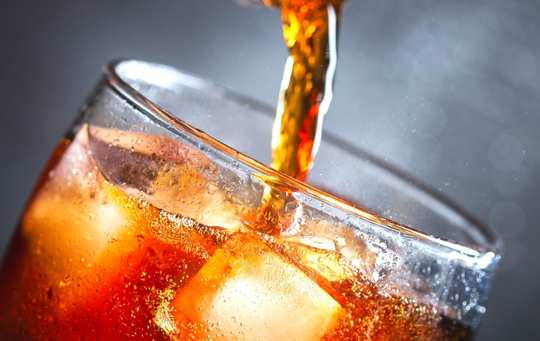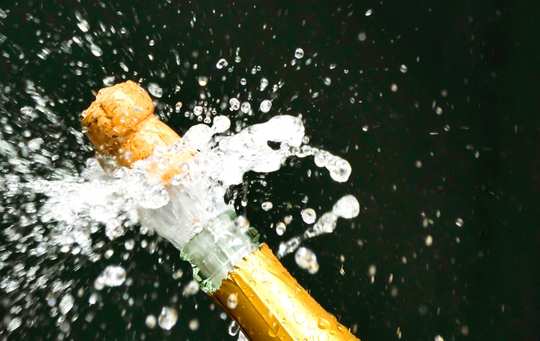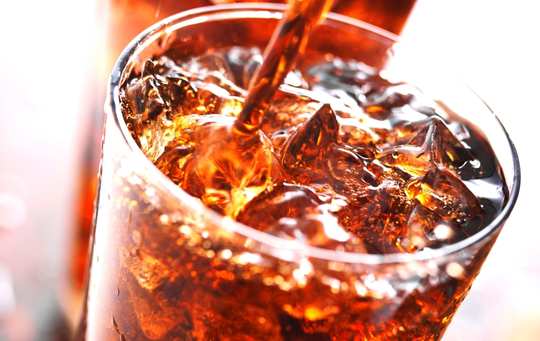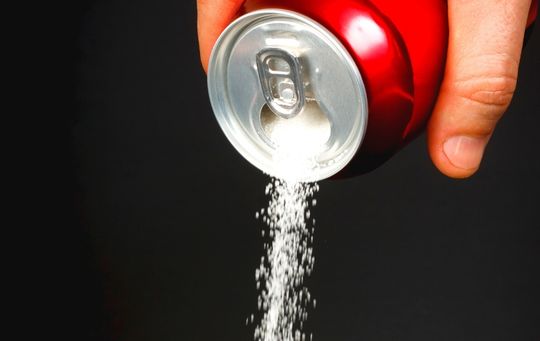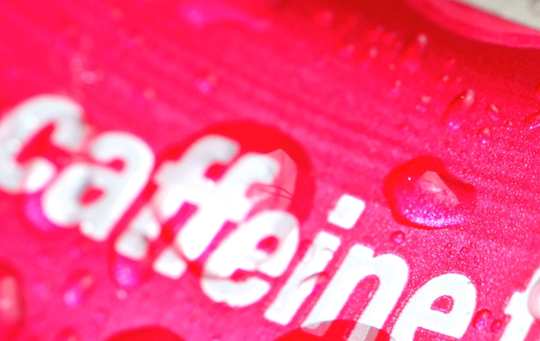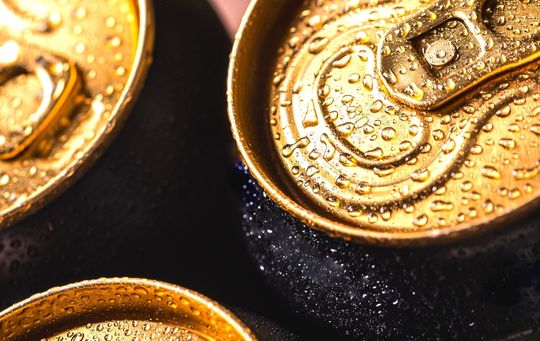We’ve all experienced that moment of panic when we open a carbonated drink, and it erupts like a mini-volcano, causing a sticky mess. While carbonated beverages are delightful to consume, they can turn into fizzy fiascos if not handled correctly. In this comprehensive guide, we will explore why carbonated drinks explode, the science behind it, and most importantly, how to prevent these eruptions from happening. Say goodbye to soda explosions and keep your beverages in check.
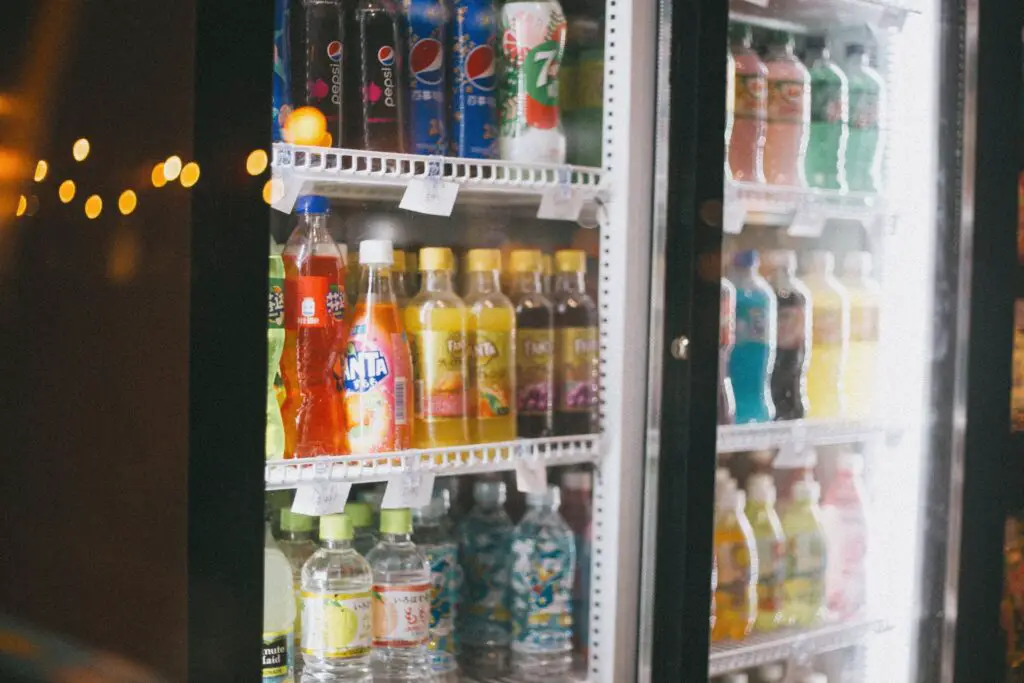
Why Do Carbonated Drinks Explode?
Before we delve into the solutions, let’s understand why carbonated drinks tend to explode:
Carbonation: The fizz in carbonated drinks comes from dissolved carbon dioxide (CO2) gas. These tiny CO2 bubbles are released when you open the bottle or can. The rapid expansion of these bubbles causes the drink to foam and sometimes explode.
Pressure Buildup: When you open a carbonated drink, you release the pressure inside the container. If the pressure is too high or the drink is shaken vigorously, it can result in a messy explosion.
Temperature: Carbon dioxide is more soluble in cold liquids than in warm ones. When a carbonated drink is warm, it can hold less dissolved CO2. If it’s then rapidly cooled (as in a fridge), the excess gas can escape, causing an explosion upon opening.
The Science Behind the Fizz
To prevent carbonated drinks from exploding, it’s essential to understand the science behind the fizz. Here’s a simplified breakdown of the process:
- Dissolution: When carbon dioxide is pressurized and dissolved in a liquid (like soda), it forms carbonic acid, which gives the drink its characteristic tartness.
- Release: When you open the container, you release the pressure, causing the dissolved CO2 to come out of solution, forming bubbles.
- Nucleation Sites: Bubbles need a starting point to form. Tiny imperfections on the container’s surface or particles in the liquid act as nucleation sites, allowing bubbles to grow rapidly.
- Expansion: As the bubbles rise to the surface, they expand due to the reduced pressure, creating fizz.
How to Prevent Carbonated Drinks from Exploding
Now that we understand the causes let’s explore practical ways to prevent carbonated drinks from exploding:
1. Chill Gradually
As mentioned earlier, temperature plays a crucial role in preventing explosions. When storing carbonated drinks, avoid rapid temperature changes. Instead of placing warm soda directly in the fridge, allow it to cool gradually at room temperature. This reduces the risk of excess CO2 escaping when chilled.
2. Avoid Agitation
Shaking a carbonated drink is a surefire way to invite an explosion. Handle your beverages gently, especially if they’ve been exposed to heat. If you accidentally shake a can or bottle, let it sit undisturbed for a few minutes before opening.
3. Use the Right Container
Choosing the right container can make a significant difference. Glass bottles are less likely to explode than thin aluminum cans. Plastic bottles can expand and deform under pressure, so opt for high-quality ones designed for carbonated beverages.
4. Don’t Overfill
Leaving some space at the top of the container allows for the expansion of CO2 gas when you open it. Overfilling increases the risk of an explosive release when the pressure is released.
5. Release Pressure Gradually
When opening a carbonated drink, do it slowly and carefully. Twist the cap or tab slightly, allowing some gas to escape without a full release. Wait a moment before fully opening it. This gradual release minimizes the chances of an explosion.
6. Use a Straw
Inserting a straw into the drink before opening it can help release excess gas slowly. This is particularly useful for highly carbonated beverages.
Data Table: Preventive Measures for Carbonated Drink Explosions
Here’s a summary of the preventive measures to stop carbonated drinks from exploding:
| Preventive Measure | Description |
| Chill Gradually | Avoid rapid temperature changes. |
| Avoid Agitation | Handle drinks gently; don’t shake them. |
| Use the Right Container | Opt for glass bottles or high-quality plastic bottles. |
| Don’t Overfill | Leave some space at the top of the container. |
| Release Pressure Gradually | Open the container slowly and wait a moment before fully opening it. |
| Use a Straw | Insert a straw to release gas slowly. |
Key Takeaways
- Carbonated drinks explode due to rapid pressure release, temperature changes, and agitation.
- Understanding the science behind the fizz can help you prevent explosions.
- Gradually chilling carbonated drinks reduces the risk of excess CO2 escaping.
- Handle beverages gently, avoid shaking, and use the right container.
- Don’t overfill the container, release pressure slowly, and consider using a straw for highly carbonated drinks.
By following these guidelines, you can enjoy your favorite carbonated beverages without the fear of messy explosions. Cheers to fizzy refreshments without the fizz drama!


